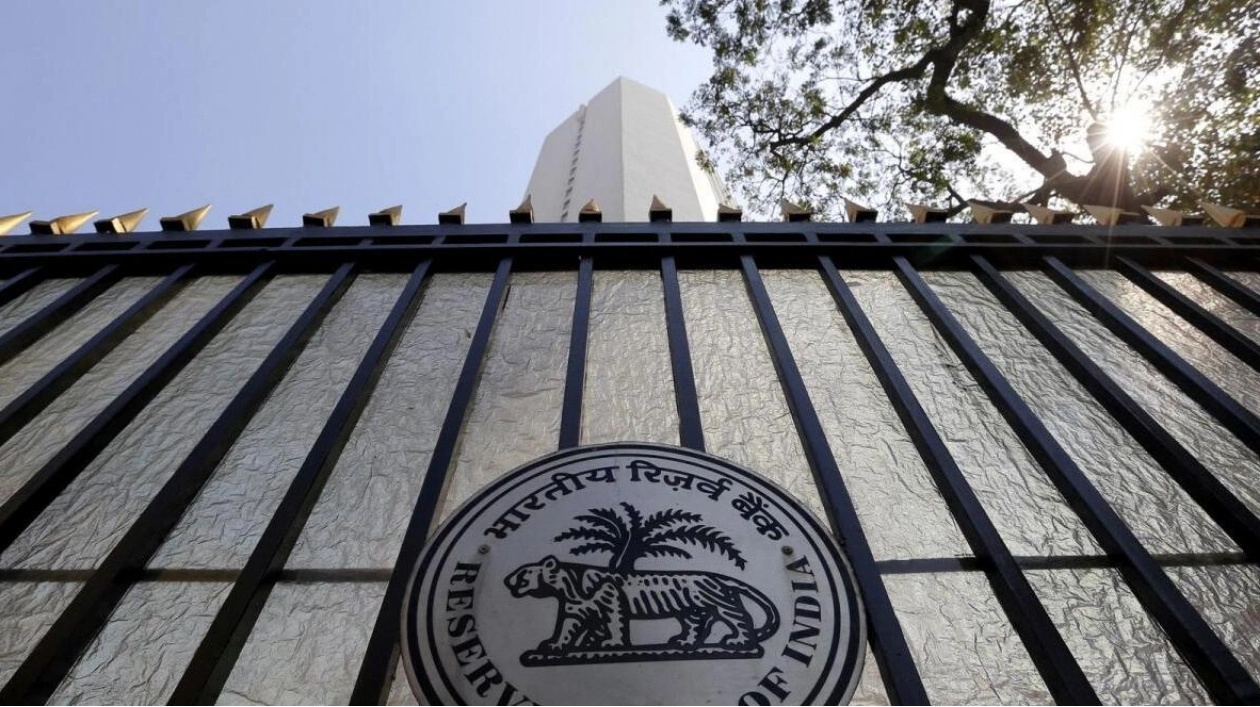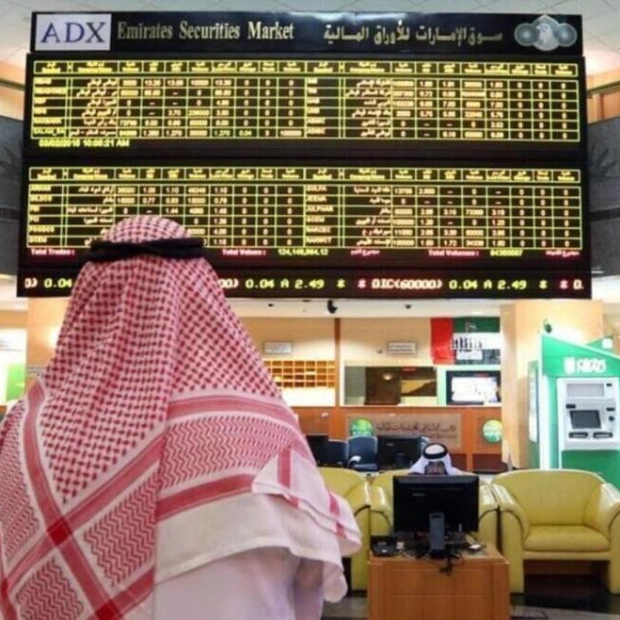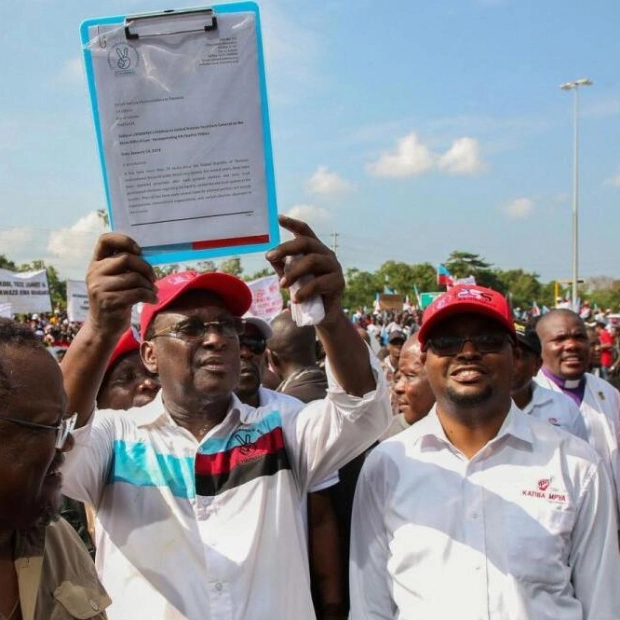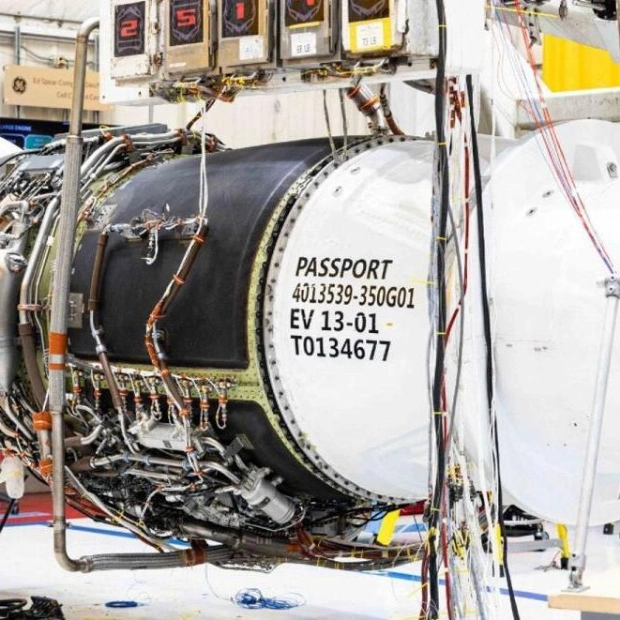The Reserve Bank of India (RBI) is actively promoting the use of either the dirham or the Indian rupee for trade settlements between the UAE and India, as part of a broader strategy to reduce reliance on the dollar in international trade. For the two BRICS members, the shift to direct local currency trade, which began in January 2024, is strategic as they aim to boost bilateral trade to $100 billion under their free trade agreement, aligning with the BRICS' de-dollarisation efforts.
RBI's initiative to facilitate dirham-rupee trade also aligns with its broader objective of promoting trade settlements in local currencies with countries where India has a trade deficit. This move aims to expand the global reach of the Indian rupee. India's trade deficit with the UAE stood at $21.62 billion for the fiscal year 2022-23, accounting for 8.2% of its total trade deficit.
Analysts note that by encouraging direct rupee-dirham settlements, the RBI seeks to make transactions more efficient and cost-effective for businesses, reducing currency exchange risks and transaction costs. India ranks as the UAE's second-largest trading partner, and the UAE is India's third-largest. Bilateral trade between the two countries rose by 16% to $84.5 billion between April 2022 and March 2023, up from $72.9 billion in the previous fiscal year, following the signing of the Comprehensive Economic Partnership Agreement.
Sajith Kumar P.K., CEO and managing director at IBMC Financial Professionals Group, highlighted the significance of the RBI's push as India aims to accelerate the internationalization of its currency and promote its use in global trade. "Trading in local currencies will enhance liquidity in the rupee-dirham market and support the growth of trade between the two nations. Although direct currency settlements are not new, the RBI's renewed focus indicates a strategic shift towards diversifying currency usage in international trade, especially given global economic uncertainties."
Currency experts believe that banks in both countries will play a crucial role in this transition by developing the necessary infrastructure and systems to support direct rupee-dirham trade. The RBI's initiative is expected to encourage more businesses to adopt this settlement mechanism, potentially increasing the volume of trade conducted in local currencies. As India aims to strengthen its position as a global trading nation and become the third-largest economy by 2027, the success of the rupee-dirham settlement mechanism could lead to similar arrangements with other key trading partners. This move is part of a broader trend of countries exploring alternatives to dollar-dominated trade, particularly in response to geopolitical shifts and the desire to reduce exposure to exchange rate fluctuations.
Kumar emphasized that direct local currency transactions protect bilateral trade from geopolitical risks and currency fluctuations, helping both countries to mitigate their dependence on and exposure to reserve currencies. He noted that the elimination of hedging costs should make India's export pricing more competitive.






